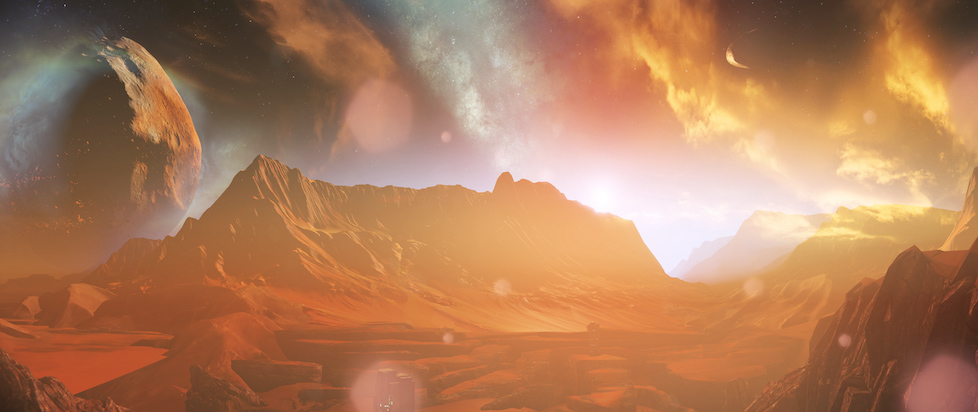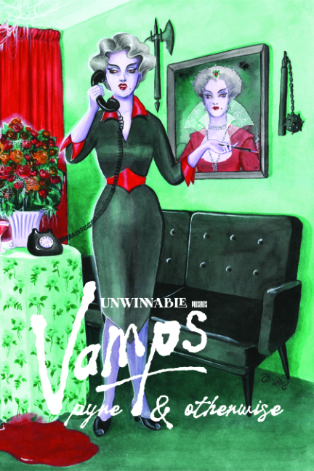
Open World Vampires

This column is a reprint from Unwinnable Monthly #168. If you like what you see, grab the magazine for less than ten dollars, or subscribe and get all future magazines for half price.
———
What does digital grass feel like?
———
“Places are increasingly being restructured as centres for consumption,” and “places themselves are in a sense consumed,” and “places can be literally consumed . . . depleted, devoured, and exhausted by use,” and “it is possible for localities to consume one’s identity so that such places become almost literally all-consuming places.” So writes sociologist John Urry in one paragraph of his aptly titled book Consuming Places.
So, it is for places and so it is for art. Stories, media, “content,” – these are increasingly things we talk about in terms of consumption. And perhaps none more than open world games, where Urry’s theories of place collide with the desperation of corporations to keep our attention as it’s increasingly fragmented among new shows, new games, new short video on every scroll.
The open world map is almost nothing but a center for consumption. Let loose in a space that has probably been boasted in marketing for its size, players are free to hoover up a thousand side quests and twice as many collectables. These maps are there for consumption and little else; they may be visually stunning but this too is a kind of consumption, ornamented with day-night cycles that capture every moment at its most beautiful. Pink sunrises, blue sky noon’s, golden hour, starry nights that are somehow just as bright as the daytime, because God forbid you be restricted by anything as meagre as the rotation of the earth.
These vast games with hundreds of hours of “content” are good, we’re told, for the gamer who can only afford one or two purchases per year. We’re led to imagine this theoretical consumer wringing every last drop, until the game is barren. Exhausted by use, as Urry would say. On the other hand, we have the gamer with slightly more cash in their pocket, happy to shell out extra to let the game consume them in turn. Play early; wear the game’s logo while you do it.

Corporations want media to be vampiric. Like the starving blood drinker, we have to crave the next fix from when it’s shown to us on a shiny stage by an overly enthusiastic hype man. We have to give ourselves to it mindlessly, all our attention focused on drinking it in. There’s so much of it that we ignore when we’re full and keep going, maybe until the thing is entirely drained. And if the hype cycle is good enough, the change goes both ways. We wear our merchandise. We brag that this thing has consumed us.
None of this is new to say, and to put it this way is somehow more depressing than I actually see the situation. This is, after all, a negative view of vampires. Once, they might only have been a metaphor for the rich living parasitically, but aren’t they more, now? Aren’t vampires hot these days?
Maybe they already got us. Maybe capitalism has turned us all into vampires already and it’s too late. But in the modern canon, struggling with how to survive as a vampire is in. Edward Cullen’s vegetarianism didn’t capture the hearts of millions of teenagers for no reason.
Sometimes you sink your teeth into a piece of media as an act of love, and it changes you. There’s something of the vampire to that, too. And it’s easy to say that the difference is bespoke, personal experiences from small groups of artists versus the tangle of compromise that is every AAA game. But I know people who have gone into the open world and pored carefully, deliberately, over every nook and cranny, and come back different. I wouldn’t be writing this if Assassin’s Creed Valhalla didn’t have a weirdly beautified version of a stone circle that I’m deeply in love with that got me thinking about spaces in games in the first place.
Maybe we’ve all been bitten by the content grind and our hunger is insatiable. And maybe games, media, places themselves are set up to encourage us to lean into that instinct, unthinking and bacchanalian. But it’s the last two of Urry’s thoughts that might help us restructure. What do we exhaust, and what exhausts us?
———
Jay Castello is a freelance writer covering games and internet culture. If they’re not down a research rabbit hole you’ll probably find them taking bad photographs in the woods.




